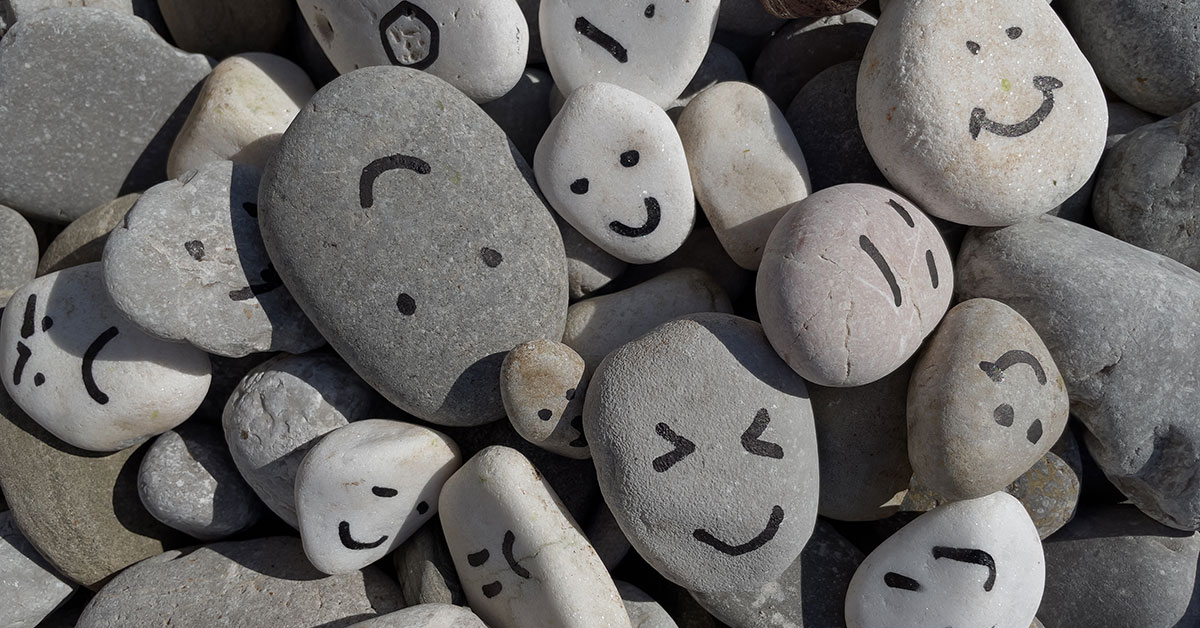What would you say are the most desired skills for employment in the 21st century? A comprehensive knowledge of STEM? Being up to date on the latest technologies and trends in media? Actually, according to the World Economic Forum, the list is largely composed of interpersonal skills like emotional intelligence, creativity, coordinating with others, and service orientation. To put it simply, if students want to succeed in their future careers, their going to need skills in social-emotional learning.
The Collaborative for Academic, Social, and Emotional Learning (CASEL) has broken down social-emotional learning into five competencies:
- Self-Awareness
- Self-Management
- Social Awareness
- Relationship Skills
- Reasonable Decision-Making
Teachers looking to foster healthy SEL in their classrooms should naturally incorporate lessons that emphasize one or more of these qualities. But where do we begin? Well, here are a few activities that can help your students get started:
The Marshmallow Experiment: In a 1972 experiment at Stanford University, young children were offered a marshmallow. They could eat it right away, or they could wait 15 minutes for the proctor to return. If they waited, they would get two marshmallows. The study followed the students and found that the ones that could wait for the second marshmallow were more likely to be better students, have more friends, and stay physically healthy. Try recreating this experiment with your own students to highlight self-management and the difficulties of delayed gratification.
Scout vs Soldier: Use the slideshow Agree to Disagree to highlight how different people see different things in the same image. Then watch the TedTalk Why you think you’re right — even if you’re wrong (11:37) to learn about solider vs. scout mindset. Encourage students to develop a scout mindset. Role play using the soldier and scout mindsets for a variety of topics, all the while showing students that a scout mindset requires them to be curious, open, and self-aware.
The Gardener’s Son: Play the first 2:07 seconds of A Short History of Humans and Germs to learn about Jenner’s testing of the first vaccine on his gardener’s son. (Note: the second half of the video addresses how germs continue to evolve, but it was created before COVID-19, so feels a bit dated.) Engage students in a discussion about this controversial topic to develop their social awareness. Also discuss how we can use this story to make responsible decisions. As students discuss, help them improve their relationship skills.
The Baboon’s Dilemma: Show students The Baboons’ Dilemma video or walk through the Slideshow with them. Model how to play five rounds of the game, then distribute the Baboons’ Dilemma Score Sheet and allow students to pair up to play. Students will play five rounds with each partner and will play with a total of five partners, making 25 rounds all together. After students have finished, have them add up their scores and reveal the big secret: if they had cooperated every time, each student would have caught 75 fish. But in almost every classroom that has played this game, NO ONE catches 75 fish! Looking out for yourself doesn’t just hurt the group — it hurts YOU! It’s an ideal activity for demonstrating the importance of reasonable decision-making.
When we create opportunities for our students to exercise their social-emotional skills, we don’t just foster their knowledge, we also foster their character. So, as we prepare to close out this challenging school year, give some thought to how you can promote SEL in your future lessons. After all, these will be the skills your students carry with them into adult life.

